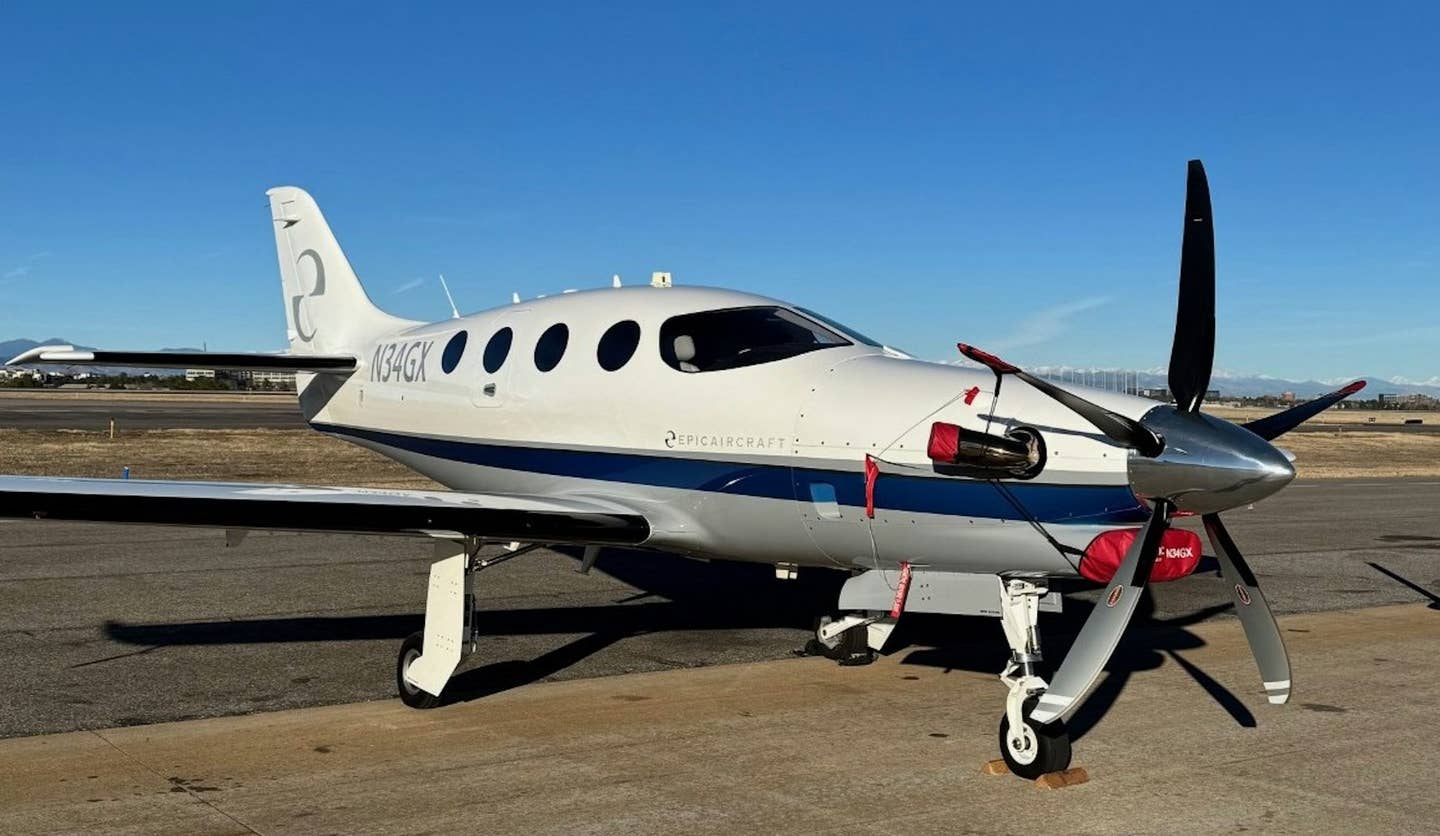NTSB Issues Urgent Safety Warning for Some Boeing 737s
Rudder control systems could become jammed on some aircraft, the aviation safety agency says.

A United Boeing 737 rotating out of Washington Dulles. [Photo: AirlineGeeks | Peter Weiland]
The National Transportation Safety Board (NTSB) made urgent safety recommendations to Boeing on Thursday, citing discovery of a potential issue involving the rudder of some 737 aircraft.
According to an NTSB statement, the FAA has also been made aware of the potential for the rudder to jam or become unresponsive because of the failure of a rollout guidance actuator.
The NTSB investigation was spurred by a February 6 incident that occurred when the flight crew of a United Airlines 737-8 reported the rudder pedals were stuck in the neutral position as the aircraft rolled out on landing at Newark Liberty International Airport (KEWR) in New Jersey.
As the rudders are a flight control system, federal regulations required the NTSB to be notified of the malfunction. The actuator is made by Collins Aerospace and in the U.S. installed on 737s only operated by United Airlines. According to the FAA, these units are no longer in service.
The Investigation
The NTSB preliminary report released in March indicated that the servo that activates the rudders may have been adversely impacted by the cold. That determination was made, according to the agency, after the incident actuator and an identical unit from another airplane were cold-soaked and tested in a cold environment, and the actuators’ function was found to be significantly compromised.
"Investigators found evidence of moisture in both actuators, which failed testing,” NTSB said. “Collins Aerospace subsequently determined that a sealed bearing was incorrectly assembled during production of the actuators, leaving the unsealed side more susceptible to moisture that can freeze and limit rudder system movement."
The NTSB said that "Collins notified Boeing that more than 353 actuators that Collins had delivered to Boeing since February 2017 were affected by this condition."
According to information provided by the NTSB, "Boeing’s 737 flight manual instructs pilots confronted with a jammed or restricted rudder to 'overpower the jammed or restricted system [using] maximum force, including a combined effort of both pilots.'"
In the recommendation, the NTSB expressed concern that the amount of force applied to the rudders during landing or rollout could result in a “ sudden, large, and undesired rudder deflection that could unintentionally cause loss of control or departure from a runway."
The safety agency recommended that Boeing determine appropriate flight crew responses besides applying maximum pedal force for such situations in flight or during landing. It also said that Boeing should notify flight crews operating 737s with affected actuators that the rudder control system could potentially jam if moisture accumulates inside the actuators and freezes.
In a statement to FLYING, Boeing said it was reviewing the NTSB recommendations.
"In August, we informed affected 737 operators of a potential condition with the rudder rollout guidance actuator, which is part of an optional autoland system," Boeing said. "The autoland system includes layers of redundancy and we are working with our supplier to develop additional guidance to address the potential condition. We will keep our regulator informed of our progress. We will also ensure flight crews have the appropriate operating procedures.”
FAA Recommendations
The NTSB recommended that the FAA determine if actuators with incorrectly assembled bearings should be removed from the aircraft, "and if so, to direct U.S. operators to do so until replacements are available." It also recommended the agency notify aviation regulators in other countries operating B-737s, and encourage them to require removal of the affected actuators until replacements are available.
The FAA told FLYING that the agency “appreciates and accepts this recommendation from the NTSB. As a party to the investigation, the agency has been monitoring this situation closely.”
The agency is expected to convene a corrective action review board based upon the NTSB’s interim recommendations to determine the next steps.

Sign-up for newsletters & special offers!
Get the latest FLYING stories & special offers delivered directly to your inbox






